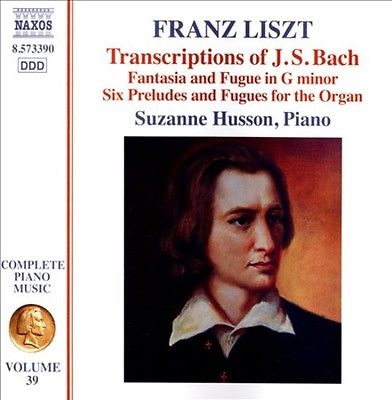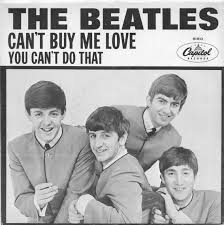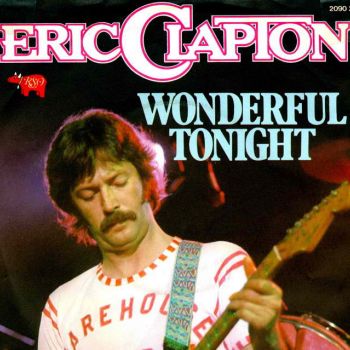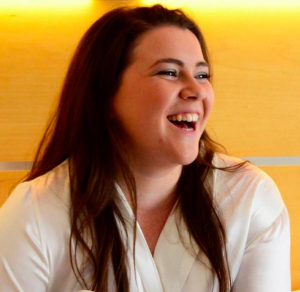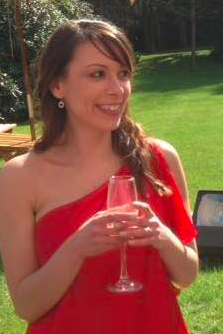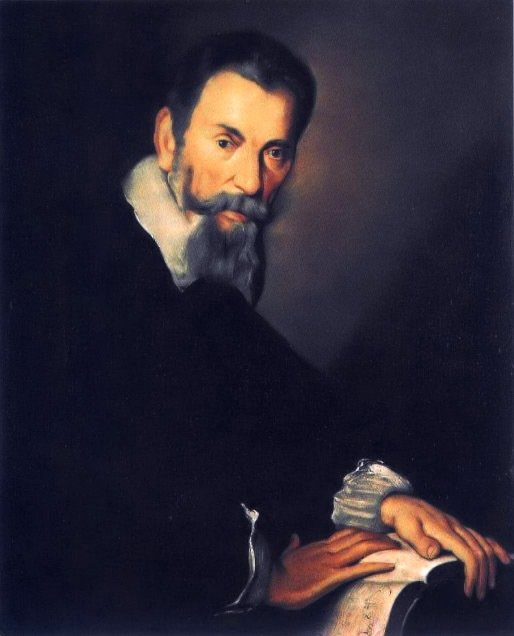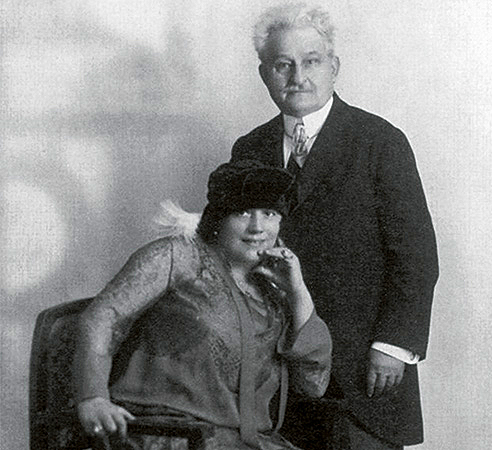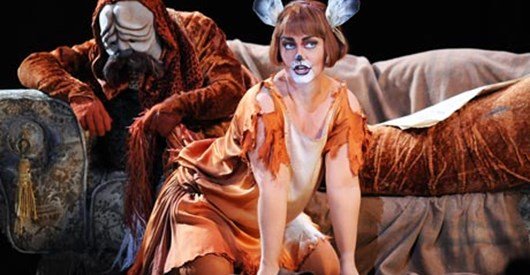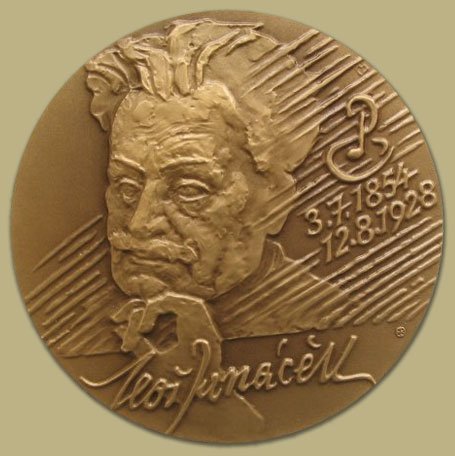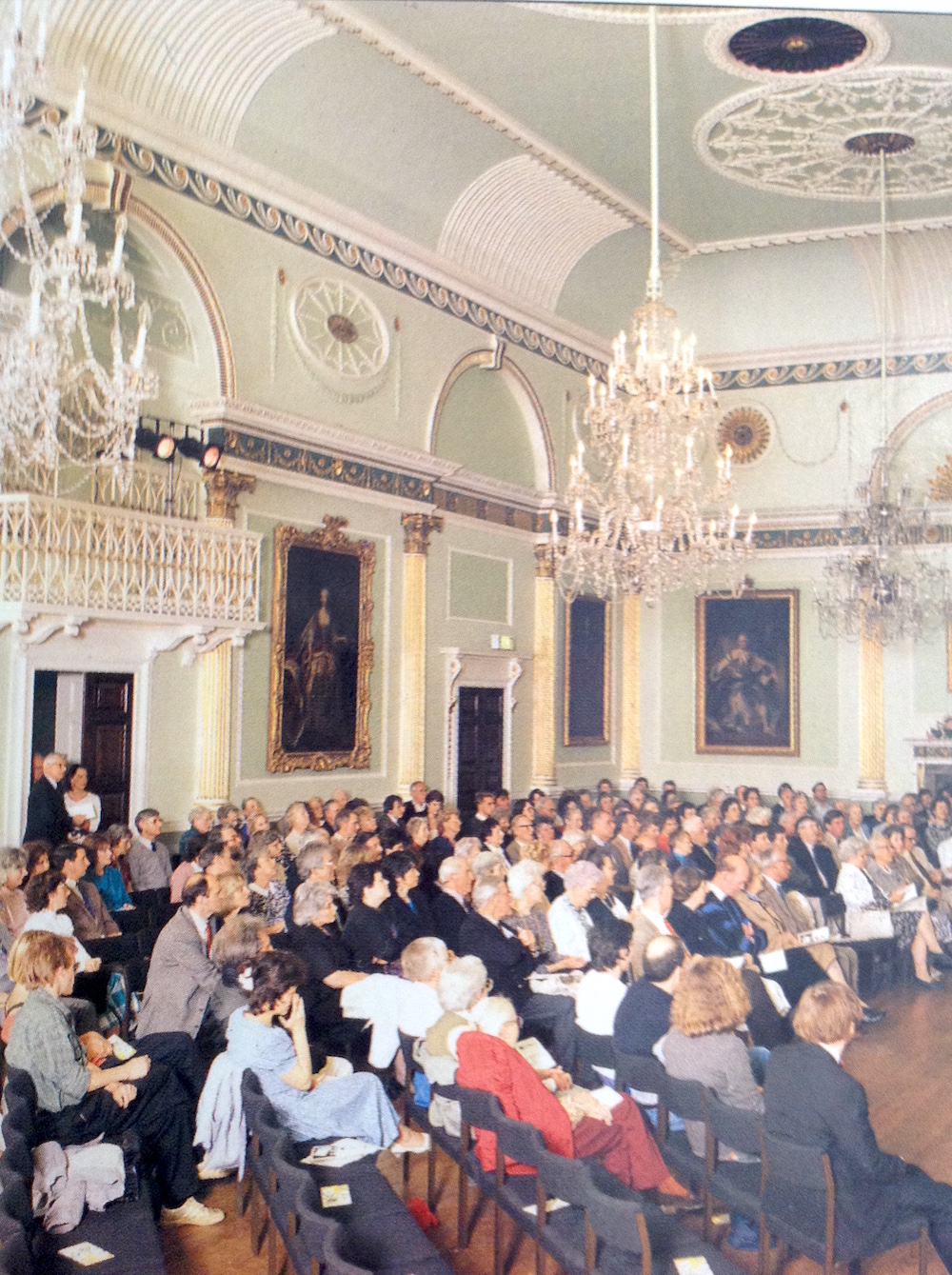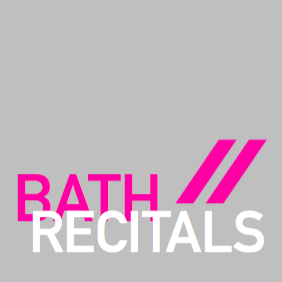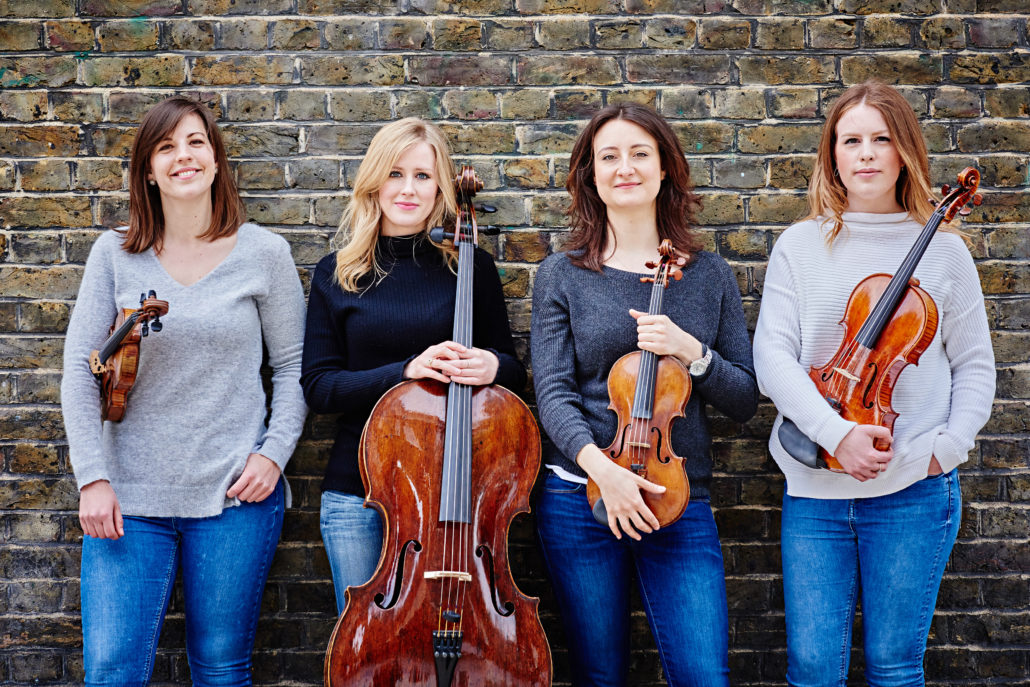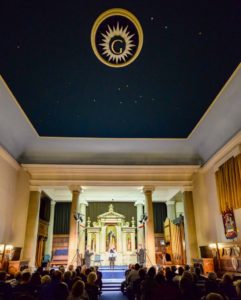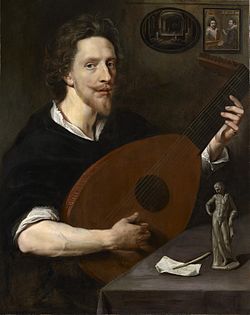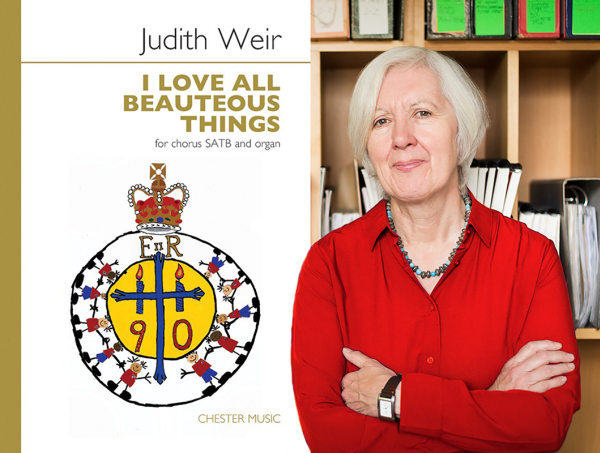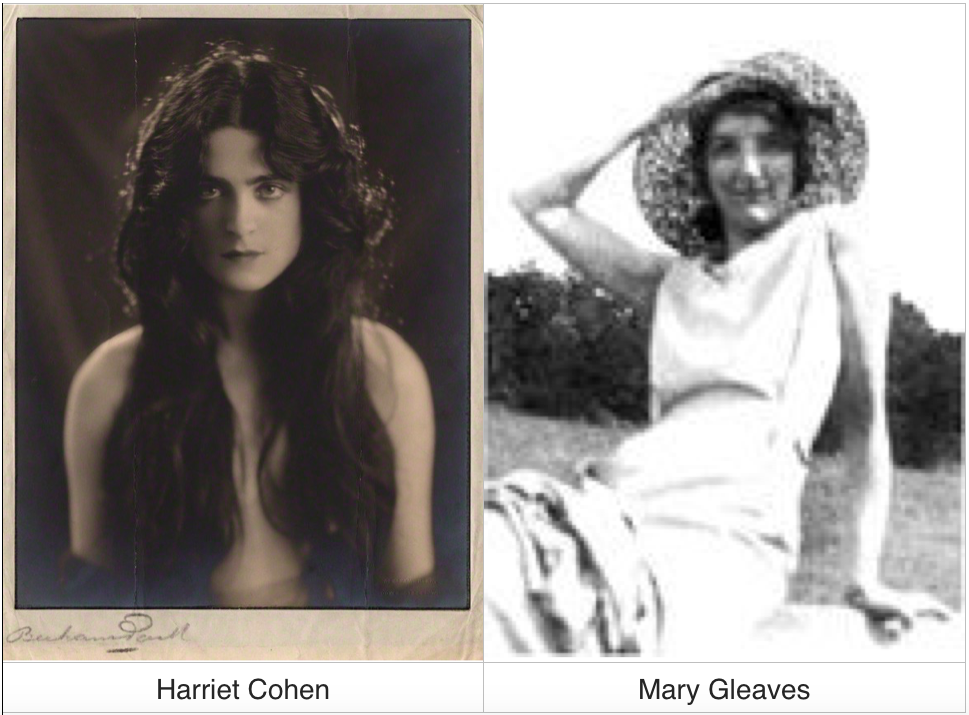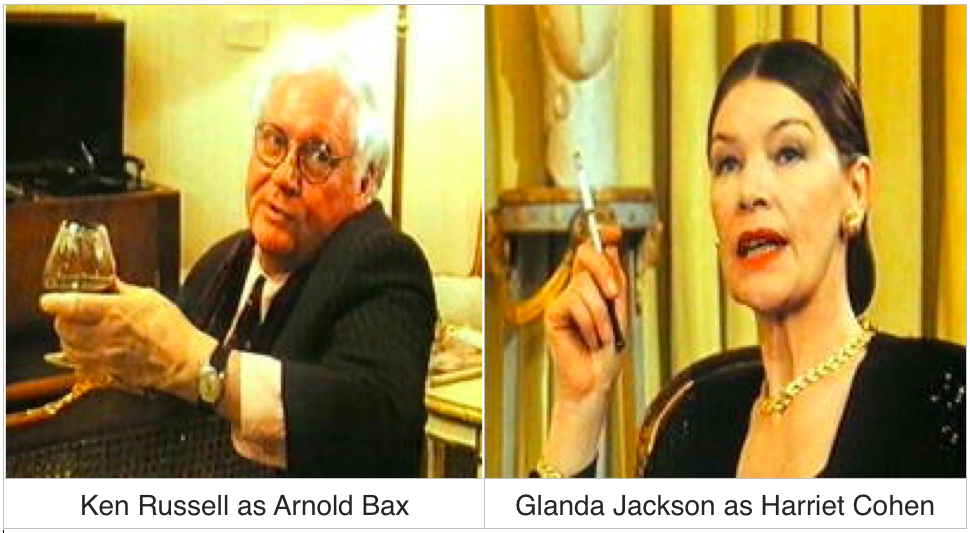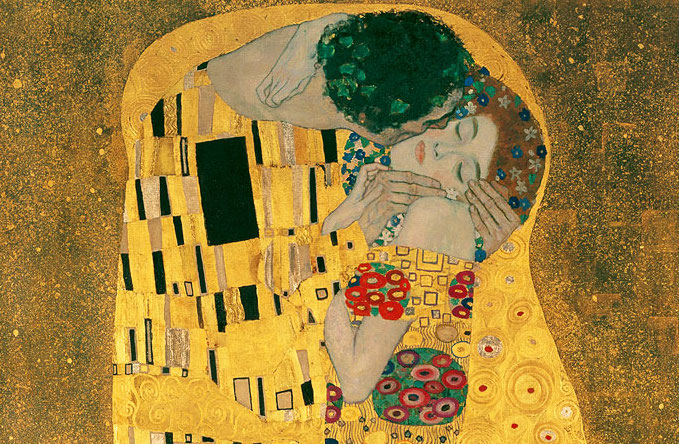We take a closer look at the chequered history of the Old Theatre Royal in Bath to find out what makes this venue for the next Bath Recitals concert on Saturday 27 August so special.
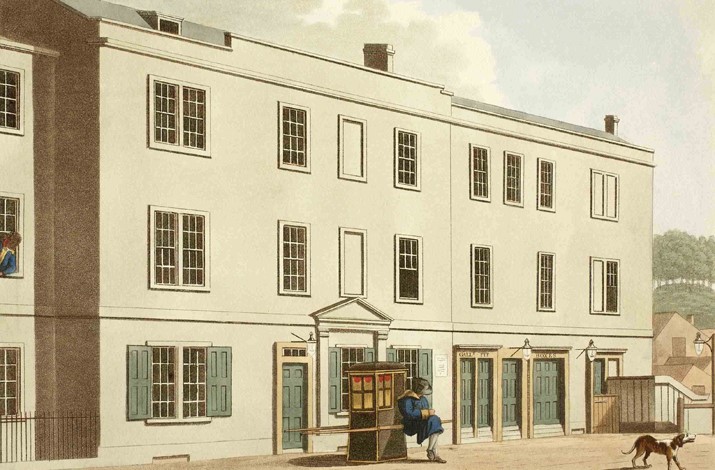
Theatre Royal original frontage
Many people in Bath are not even aware that that there is an Old Theatre Royal – let alone that it was first provincial Theatre Royal in England. Since 1805 the theatrical scene in the city has been dominated by the New Theatre Royal in Beaufort Square. Yet hidden away down a cobbled street is an architectural and historical gem which has in turn been a theatre, a catholic church and a masonic lodge.
Theatre Royal
There were earlier, more makeshift theatres in the city but it took John Wood the Elder as part of his grand plans for the city to recommend the site of the old orchard of Bath Abbey as the location for the new theatre. The architect Thomas Jolly created a simple regular theatre set back from the street, with boxes at the opposite end to the stage
John Palmer, a local brewer, chandler and entrepreneur was the first manager opening with a performance of Shakespeare’s Henry IV in 1750. Palmer also owned the Theatre Royal, King Street, Bristol and shared the acting company between the two theatres. He set up a coach service to provide fast and efficient transport for his actors, stagehands and props. He later got the idea that such coach services could also be utilised for a countrywide mail delivery service.
Theatre Royal: Improvements
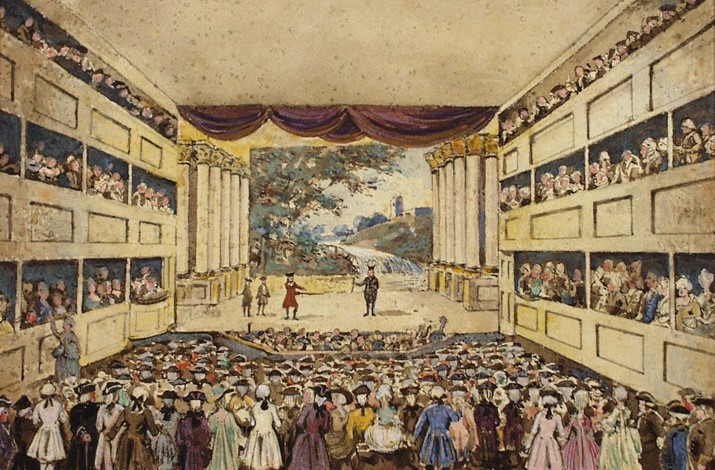
Theatre Royal interior
As it’s popularity grew the building needed to adapt and accommodate more people. In 1767 much-needed dressing rooms and an entrance foyer was added. The roof was also raised with a dome, and side boxes at stage level with standing galleries above were added.
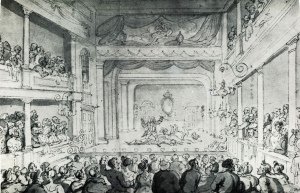
Old Orchard Street Theatre. Drawn by Thomas Rowlandson circa 1790
In 1774 further enlargements saw a new foyer area and seven boxes – all named after kings. Each box accommodated up to 30 people and formed a fan-shaped balcony. A remodelled stage and additional dressing rooms were added.

Sarah Siddons by Thomas Gainsborough
One of the leading actors of the day, Sarah Siddons joined the company in 1778 and her performances, together with those by some of the best performers of the age boosted its popularity to capacity. The theatre was running 170 performances a year to meet the demand from Bath’s swelling population which had grown ten-fold since 1750. But after 55 years, and more than 5,000 performances it was becoming obvious that a new theatre was needed and in 1805 the New Theatre Royal opened in Beaufort Square.
Roman Catholic Church
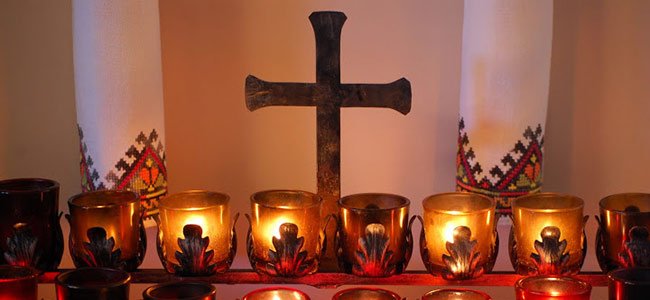
The building lay forgotten until 1809 when the authorities of Prior Park and Downside Abbey adapted the building with the removal of the stage, gallery and boxes and consecrated it as Roman Catholic chapel.
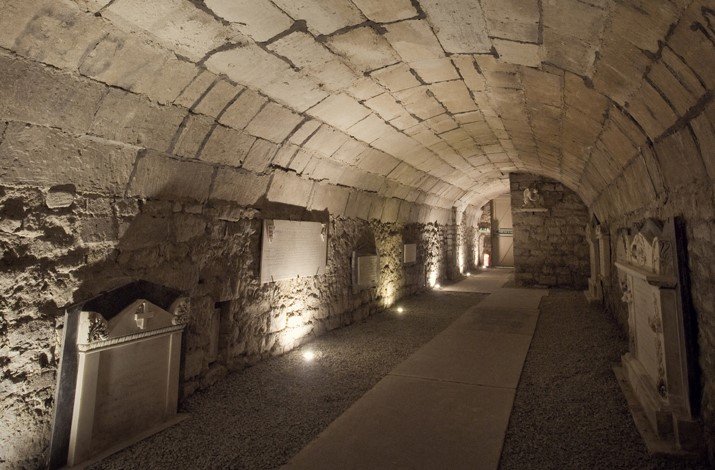
Vaults
in 1829 the chapel became a church and was a site for the ordination of bishops. The vaults beneath which had been used to store scenery were now used to house stone tombs with 286 bodies being interred. However, a new St John’s Church opened in 1863 to house the growing congregation and most of the bodies moved to a new churchyard. Nevertheless, ghost stories remain to this today of those who were left behind!
Masonic Hall
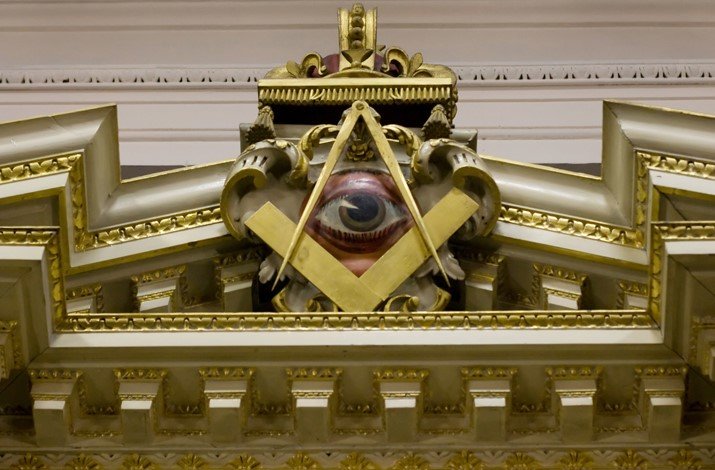
Masonic symbol
The building stood empty again until 1866 when it was acquired by the Masonic Royal Cumberland Lodge No. 53 for £636, as their meeting hall. Further modifications were made and repairs were undertaken after damage in the 1942 Baedeker Blitz. The hall is now the meeting place of eight Craft Lodges and 15 other Degrees.
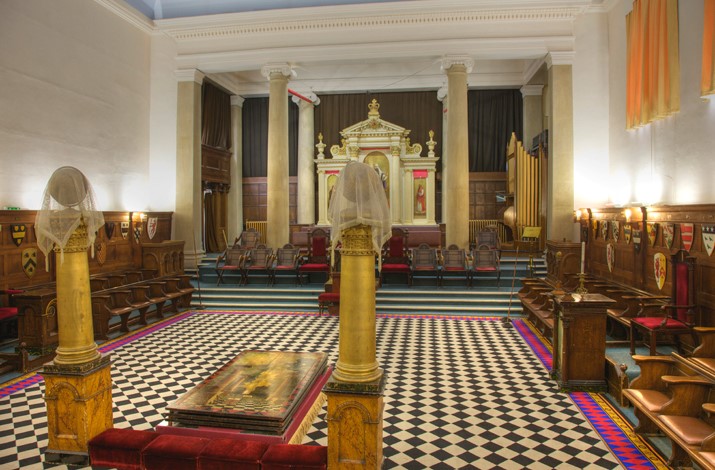
Masonic interior
Today, as well as being home for Bath’s masonic community this fascinating building stages many concerts and other performances throughout the year and is one of Bath Recital’s favourite venues. Join us on Saturday 27 August for our next fabulous concert with the Jubilee Quartet.

Jubilee Quartet
Jubilee Quartet, Saturday 27 August 7.30pm
Joseph Haydn String Quartet in C major, Op. 54, No. 2
Franz Schubert String Quartet No.10 (D 87) in E-flat major
Anton Webern Langsamer Satz (1905)
Leos Janáček Intimate Letters (1928)
Playing with “red blooded intensity and touching tenderness” (Huddersfield Examiner), this award winning, all female string quartet are really making a name for themselves in the UK, Switzerland, Germany and Canada.
This concert in the intimate surroundings of Bath’s Old Theatre Royal takes us from the classical splendour of Haydn through the romanticism of Webern to an increasingly passionate climax with Janáček’s so called ‘Manifesto of Love’.




